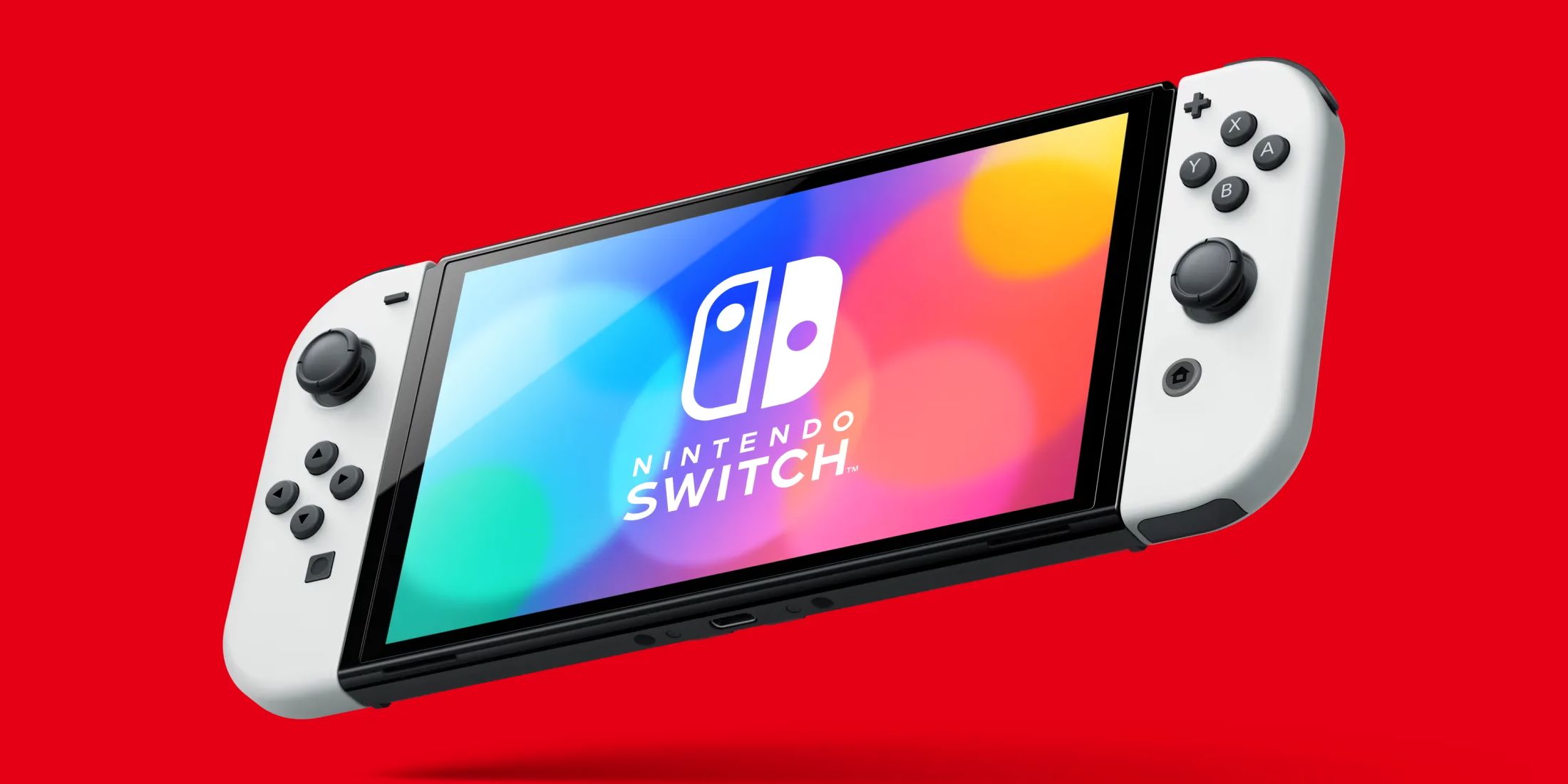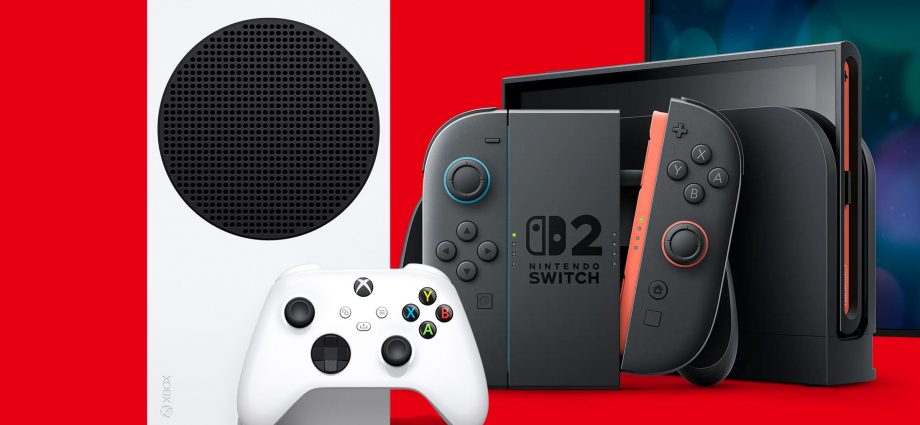The Nintendo Switch 2 isn’t as powerful as the Xbox Series S, but it’s close enough so that this might not matter too much for ports of well-optimized games, according to a senior official at Virtuos. Ultimately, however, the ease of porting Series S titles to the Switch 2 will still vary on a case-by-case basis.
Incorporated in Singapore in 2004, Virtuos Ltd. is a prolific developer and one of today’s largest game studios, with a headcount exceeding 4,200 employees as of 2025. The company primarily specializes in bringing existing games to new platforms and has completed dozens of projects, the most recent of which is the critically acclaimed remaster of The Elder Scrolls 4: Oblivion. Among its subsidiaries is Irish studio Black Shamrock (Destroy All Humans, Gounded, Marvel Midnight Suns), which Virtuos acquired through a controlling interest in February 2017.

Related
Best New Features On The Switch 2, Ranked
The Nintendo Switch 2 a blend of familiarity and novelty; here are some of its most notable new features and system upgrades.
Black Shamrock Technical Director Eoin O’Grady recently sat down with Wccftech to discuss various aspects of Nintendo’s latest console, including its overall hardware capabilities. In terms of how the Switch 2 compares to the Xbox Series S, the industry veteran said its GPU performance is “slightly below” Microsoft’s console, while noting that it’s clearly weaker on the CPU side of things. The Switch 2 manages to make up for at least some of the GPU performance difference by supporting technologies like DLSS, which the Series S doesn’t.
Many Xbox Series S Games Should Port Well to the Nintendo Switch 2
Given this state of affairs, and considering the majority of modern games are GPU-bound rather than having a CPU bottleneck, O’Grady believes that the Switch 2 should be able to run a significant portion of the current and future Series S catalog. “Any game shipping at 60fps on the Series S should easily port to the Switch 2,” the industry veteran explained. When it comes to more graphically intensive titles, anything that can hit 30 frames per second on the Series S and isn’t CPU-bound should also be relatively straightforward to bring to Nintendo’s newest console.
Any game shipping at 60fps on the Series S should easily port to the Switch 2… a 30fps Series S game that’s GPU-bound should also port well.
Reflecting on the specific graphics technologies supported by the Switch 2, O’Grady predicted hardware-accelerated ray tracing may generate some traction on the console, even if it does come with limitations. The most obvious implementation areas he identified are shadows and reflections, with the Black Shamrock official noting the Switch 2 has sufficient power to elevate them through ray tracing at “reasonable” frame rates and resolutions.
While the Switch 2 appears powerful enough to support ports of many modern games, it remains unclear whether this will lead to a surge of third-party titles in the near future. A key factor limiting such an outcome is access to Switch 2 development kits, which only a select few companies received ahead of the console’s early June 2025 launch. As a result, many Switch 2 ports have only recently begun development.

- Brand
-
Nintendo
- Original Release Date
-
June 5, 2025
- Original MSRP (USD)
-
$449.99
- Operating System
-
Proprietary
- Resolution
-
1080p (handheld) / 4K (docked)
- HDR Support
-
Yes
